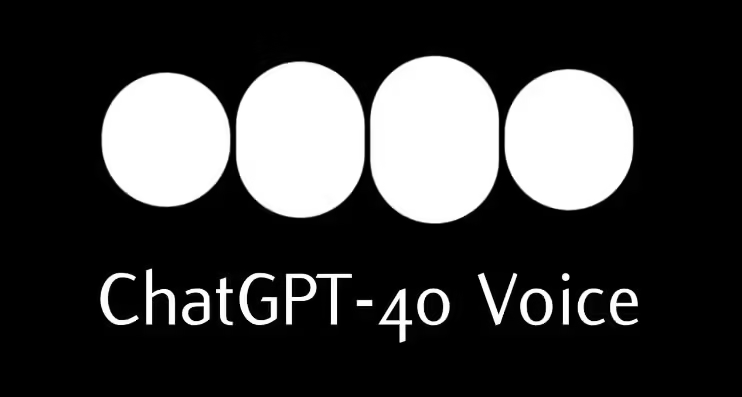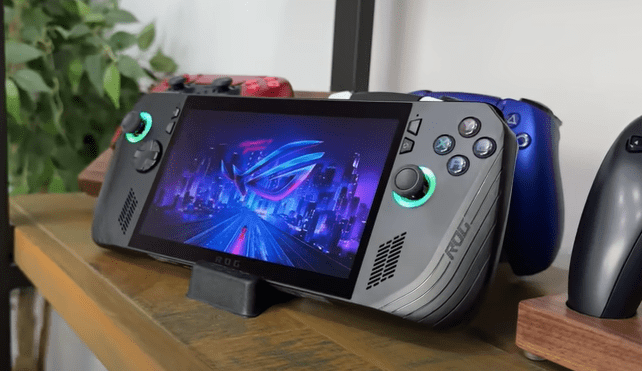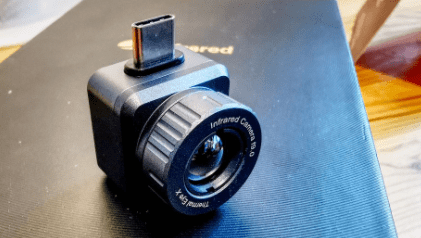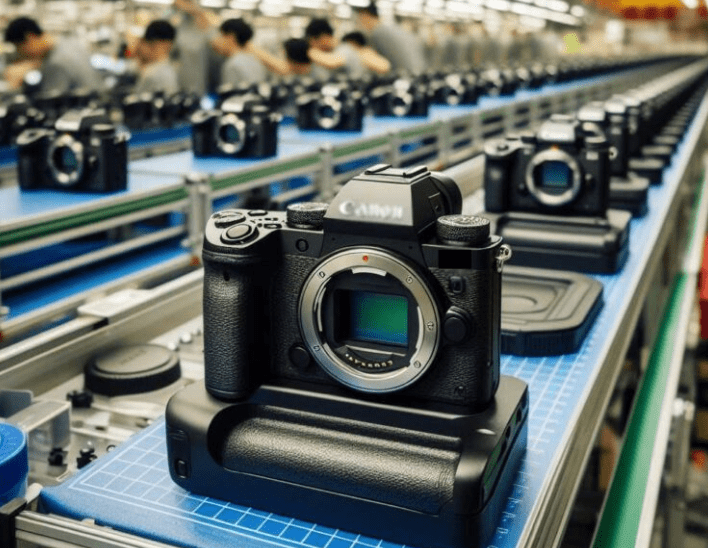TOP 5 VLOGGING CAMERAS REVIEW:
Our DEVICE INSIDERS team independently tested cameras from various brands and has gathered the information to share with you.
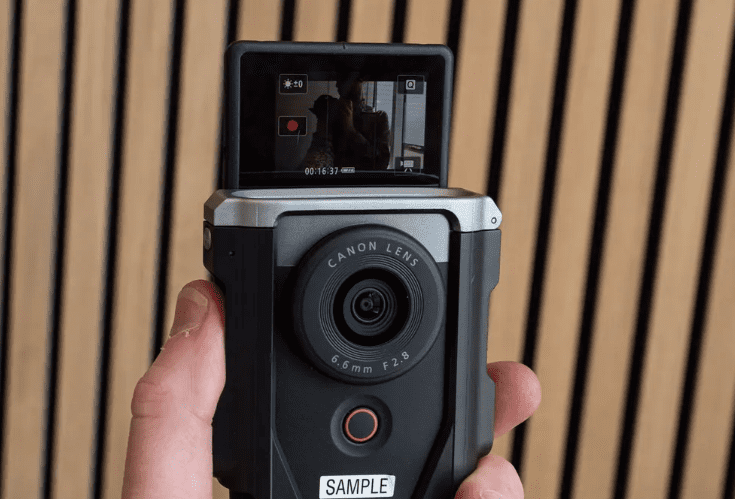
Cannon Powershot-10
I like using Canon cameras for my photography work. I have a Canon DSLR and some lenses that I always use. Unless something amazing comes along, I will stick with Canon.
The Canon PowerShot V10 is a cool, small camera made for vlogging. It has a special sensor, image stabilisation to prevent shaky videos, and 14 different color filters to make your videos look cool. It focuses automatically, can zoom in a bit, and has three microphones, one of which blocks background noise. You can set it to take pictures quickly or slowly; videos can go from very fast to a bit slow.
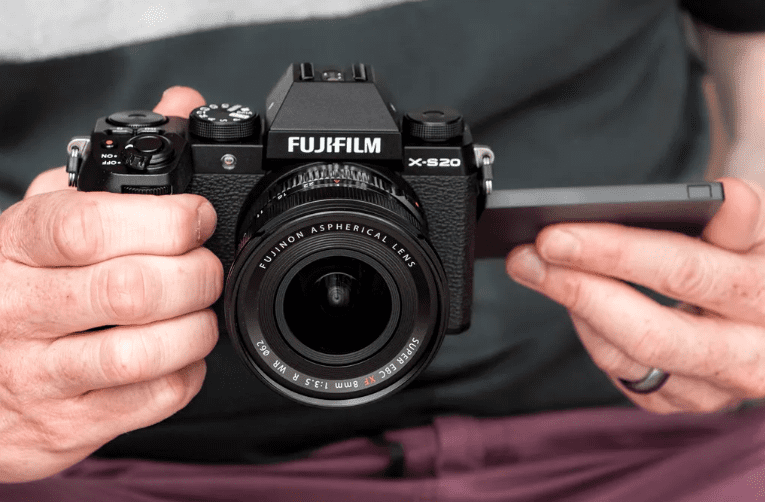
FUJIFILM X20
The Sony ZV-E1 is good for taking pictures when you travel, especially if you’re okay not using a viewfinder. It’s small and easy to carry for a full-frame camera, but it’s not the best choice if you want something super portable because the lenses for full-frame cameras can still be kind of big. But the good thing is that it lasts a long time on one battery charge and takes great pictures, especially in low light. Its autofocus system is also really good at finding and following subjects. But the way it feels in your hand could be better, especially if you have big hands.
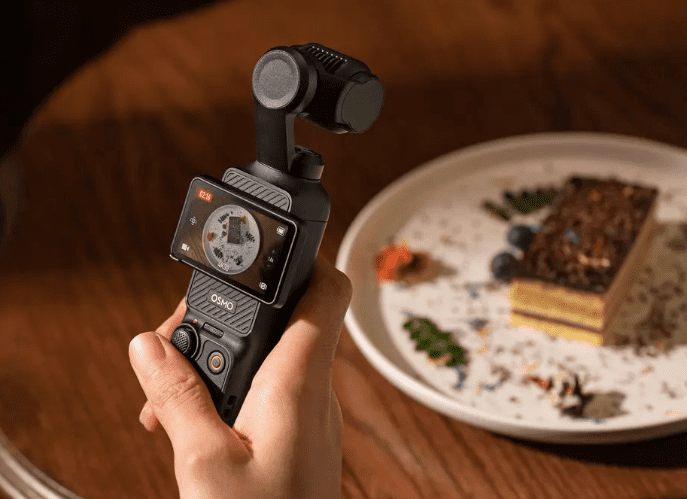
DJI Osmo Pocket 3
The new DJI Osmo Pocket 3 is the latest small vlogging camera from DJI, following the popular Pocket 2. It’s packed with great features and works well, making it perfect for both beginners and experts who make videos. In this article, I will talk about its important features.
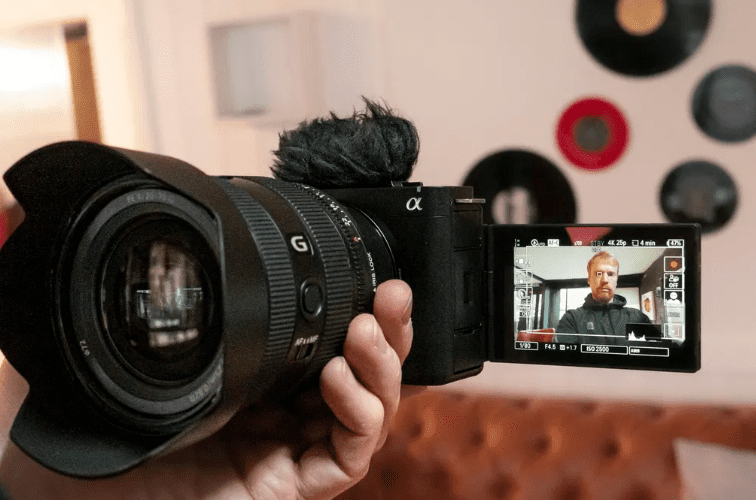
Sony ZV-E-1
Firstly, the Sony ZV-E1 excels in resolution. It features a 12-megapixel full-frame CMOS sensor without a mechanical shutter, capable of recording ultra-high-definition 4K video at up to 60 frames per second without any cropping. To put it simply, the video quality is excellent—it uses the same sensor found in larger models like the Sony FX3 or Sony A7SIII. That is a big plus. This also means it performs well in low-light conditions, which is something Sony cameras have become known for recently.
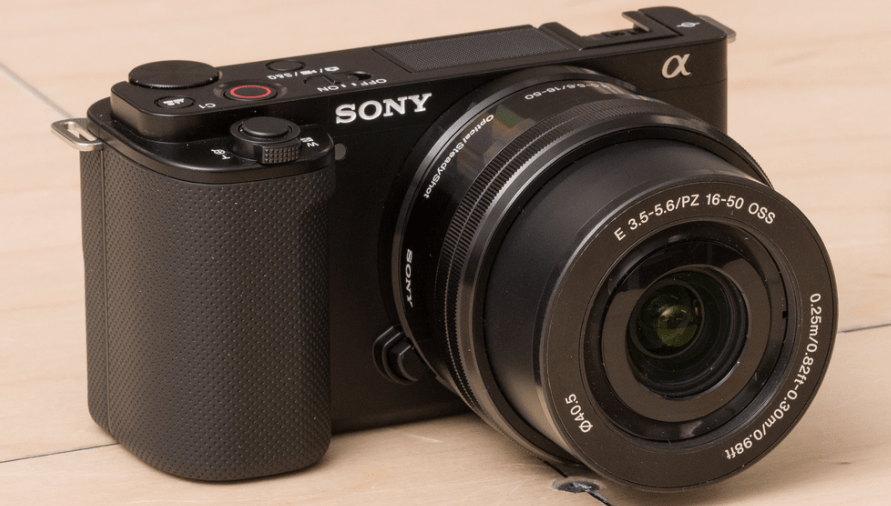
Sony ZV E10
The Sony ZV-E10 is excellently designed for vlogging, as it was intended to be. Its flip-out screen allows for easy self-viewing during filming, and its flat grip makes it more comfortable to hold when filming oneself. The camera’s autofocus performs exceptionally well in keeping one’s face in focus, especially during video recordings. While the video quality is generally good, it can become a bit noisy in low-light situations. However, when moving around and filming in 4K, some may notice a slight wobble in the background
Specifications:
| Features | Cannon Powershot-10 | FUJIFILM X20 | DJI Osmo Pocket 3 | Sony ZV-E-1 | Sony ZV E10 |
| TYPE | compact | Mirrorless | small | Mirrorless | Mirrorless |
| SENSOR SIZE | 1 inch | APS-C | 1 inch | Full frame | APS-C (23.5 x 15.6 mm) |
| RESOLUTION | 20.9 MP | 26.1 MP | 10 MP | 12.1 MP | 24MP |
| Effective focal length | 18 Millimetres | Not applicable | 20 Millimetres | Not applicable | 1.5× |
| Viewfinder | None | 0.39-inch electronic viewfinder with 2.36 million dots | None | None | None |
| MONITOR | 2.0-inch, 0.46 million-dot tilting touchscreen | 3.0-inch touchscreen with 1.84 million dots can move at various angles | 2-inch Rotatable screen | 3.0-inch touchscreen that can move, with 1,036 thousand dots | 3.0-inch touch-screen that can move 92,0000 dots |
| CONNECTIVITY | WiFi, Bluetooth | Wi-Fi, Bluetooth | WiFi | Wi-Fi, Bluetooth | WiFi, Bluetooth |
| MAX MOVIE RESOLUTION | 4K at 30 frames per second (FPS) | 6.2K at 30 frames per second (FPS) | 4K at 120 frames per second (FPS) | 4K at 120 frames per second (initially limited to 4K at 60 frames per second until firmware update) | 120 or 100 frames per second (FPS) |
| WEIGHT | SIZE | 115x64x45 millimetres, 211 Grams | 4.5 x 2.5 x 1.8 millimeters, 343 grams | 127.7 x 85.1 x 65.4 millimeters, 491 grams | 121.0×71.9×54.3 millimetres, 483 grams | 4.5 x 2.5 x 1.8 millimetres, 343 grams |
How Do You Choose the Best Vlogging Camera? for Your Vlogging Journey
| VLOGGING CAMERA | BUY IF IT, | DO NOT BUY IT, IF |
| Cannon Powershot-10 | If you need a camera for travelling,. The Powershot V10 is easy to carry with its screen that flips up and stand that pops out, making it practical and portable | You desire top-notch video. Even though it’s old technology, many great camera phones can record 4K vlogs that appear just as excellent |
| Sony ZV-E-1 | If you need quick results: AI features such as auto-framing lessen the editing work, and the Cine Vlog mode creates beautiful footage straight from the camera | If you need a camera for traveling,. The Powershot V10 is easy to carry with its screen that flips up and stand that pops out, making it practical and portable |
| DJI Osmo Pocket 3 | If you film solo vlogs without a tripod: The three-axis gimbal gives excellent stabilization, and ActiveTrack functions as a virtual cameraperson | If you don’t film slow-motion videos, You might get more for your money with the Sony ZV-E10 if you don’t shoot vlogs at higher frame rates and it has a single SD-card slot |
| FUJIFILM X-20 | If you are looking for great video features: The X-S20 competes with top vlogging cameras with its 6K/30p 4:2:2 10-bit internal recording, offering excellent video quality | If you don’t have much money to spend: Despite many improvements, the X-S20’s higher price compared to its previous model might make budget-conscious buyers hesitate |
| Sony ZV E10 | The Goods Great battery life. Excellent overall autofocus. Log profiles. No recording time limit | The bad No viewfinder. Autofocus isn’t as reliable as other Sony cameras. Takes a long time for the buffer to empty once full. |
In Conclusion.
The top cameras include a variety of premium webcams and mirrorless models, each with different shapes and sizes. What you require in terms of features depends on what and how you prefer to film.
If you are a filmmaker working alone, you will want a camera with a screen that moves so you can see what you are filming when you are by yourself. Also, if you talk to the camera a lot, you will need a place to plug in an extra microphone to make sure your sound is good. Having good autofocus that tracks faces will keep your subjects clear, even if they move around in the shot.
Many vloggers like to walk and talk while filming. If that is what you do, you should think about getting a camera with built-in stabilization. It helps make your video smoother, reducing the shakiness from walking. Some cameras even have a special gimbal that keeps the camera steady, like the DJI Pocket 2.
Most good cameras can record in 4K now. But it is not just about the resolution. Higher frame rates let you make cool slow-motion videos, and having 10-bit colour depth makes editing easier.
OpenAI Releases Hyperrealistic ChatGPT 4o Voice for Users
OpenAI has just launched Hyperoldvoice to its premium customers who are enrolled in the Early…
Razer Kishi Ultra Review: In-Depth Analysis of the Latest Gaming Controller
Today’s gaming industry has greatly developed, particularly with use of portable devices in playing games….
Nubia Z60 Ultra Review: Specs, Features & Performance
The Nubia Z60 Ultra has not taken much time to make a mark on the…
ROG Ally X: ASUS Handheld Gaming Console Review & Features
The ROG Ally X is Asus’ second-generation handheld gaming console, designed using the blueprint of…
